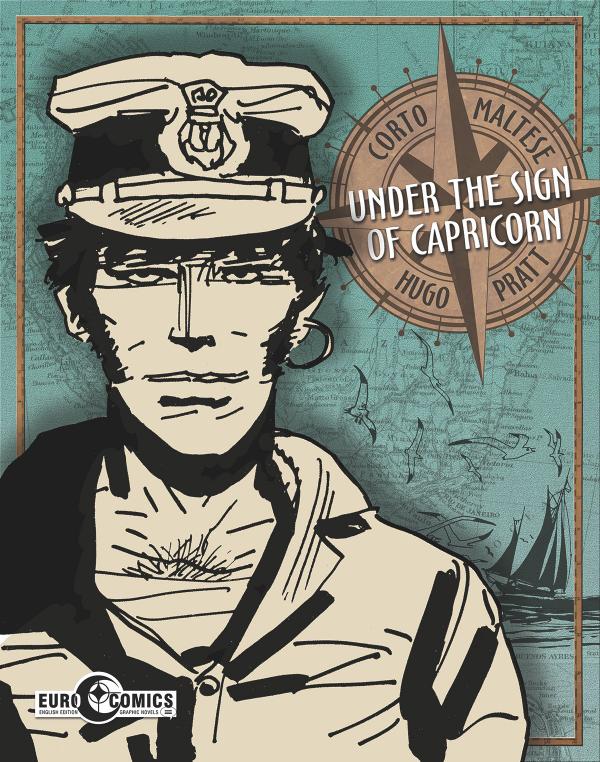
CORTO MALTESE GN #1 (OF 12)
UNDER THE SIGN OF CAPRICORN
(W) HUGO PRATT (A) HUGO PRATT (CA) HUGO PRATT
This book, the first of 12 volumes, launches the definitive English language edition of HUGO PRATT's masterpiece, presented in the original oversized B&W format with new translations made from Pratt's original Italian scripts. Long before the term "graphic novel" entered the popular lexicon-ten years before Will Eisner's A Contract with God-HUGO PRATT pioneered the long-form "drawn literature" story. Corto Maltese set the standard for all adult adventure comics in Europe. By the mid-1970s Corto was the continent's most popular series and HUGO PRATT the world's leading graphic novelist. HUGO PRATT's peripatetic sailor was featured in a series of 29 stories. The adventures of this modern Ulysses are set during the first 30 years of the 20th Century in such exotic locales as Pratt's native Venice, the steppes of Manchuria, the Caribbean islands, the Danakil deserts, the Amazon forests, and the waves of the Pacific. Corto Maltese: Under the Sign of Capricorn collects the first six inter-connected short stories Pratt created in France in the early 1970s: "The Secret of Tristan Bantam," "Rendez-vous in Bahia," "Sureshot Samba," "The Brazilian Eagle," "So Much for Gentlemen of Fortune," and "The Seagull's Fault."
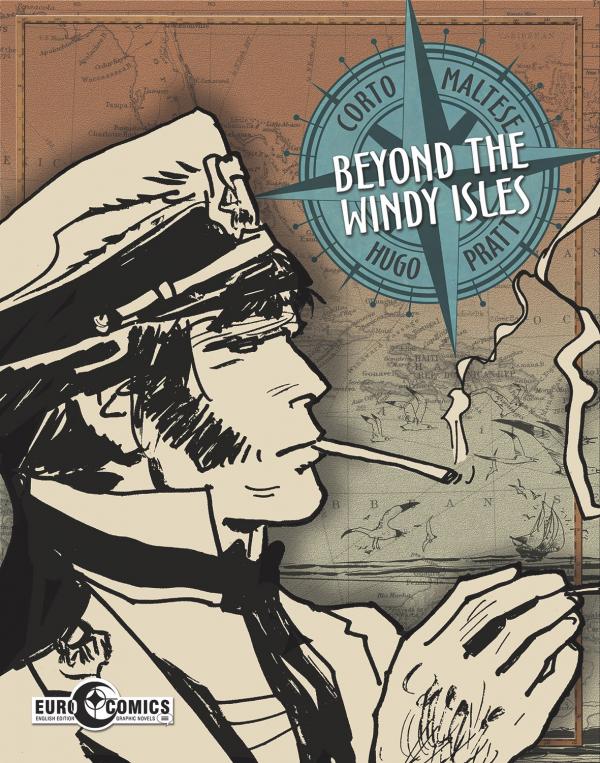
CORTO MALTESE GN #2 (OF 12)
BEYOND THE WINDY ISLES
(W) HUGO PRATT (A) HUGO PRATT (CA) HUGO PRATT
The second of twelve volumes presenting the definitive English-language edition of HUGO PRATT's masterpiece in the original oversized B&W format!
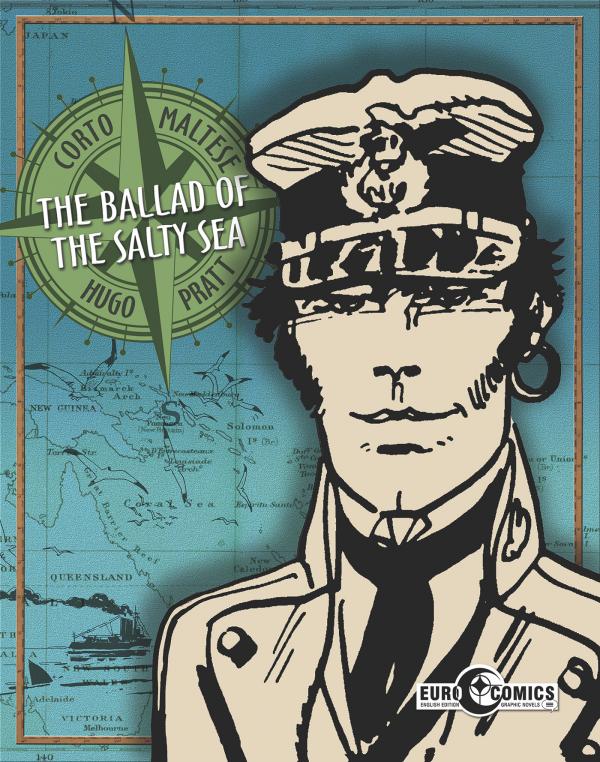
CORTO MALTESE GN BALLAD OF THE SALTY SEA
(W) HUGO PRATT (A) HUGO PRATT (CA) HUGO PRATT
Celebrate this milestone in the history of graphic novels, winner of the world's first-ever "Best Graphic Novel" award, taking the prize in 1976 at the Angoulême Fesitval. Originally serialized beginning in 1967, this book is universally acknowledged as HUGO PRATT's masterpiece, in which he introduces Corto Maltese to the world. Corto is but one of a strong ensemble cast of characters whose lives permeate the entire 12-book series. It is here that we also meet the young and beautiful Pandora, her brother Cain, the mysterious criminal mastermind Monk, the grim and ferocious Rasputin, Lieutenant Slutter of the German Navy, and the natives Skull and Tarao. The Ballad of the Salty Sea is also hailed as the first example of the literary comic strip. Pratt was inspired by Conrad, Stevenson, and London, but even more directly by Henry de Vere Stacpool's Blue Lagoon, from which the author got the idea of a small island in the Pacific which he named "Escondida."
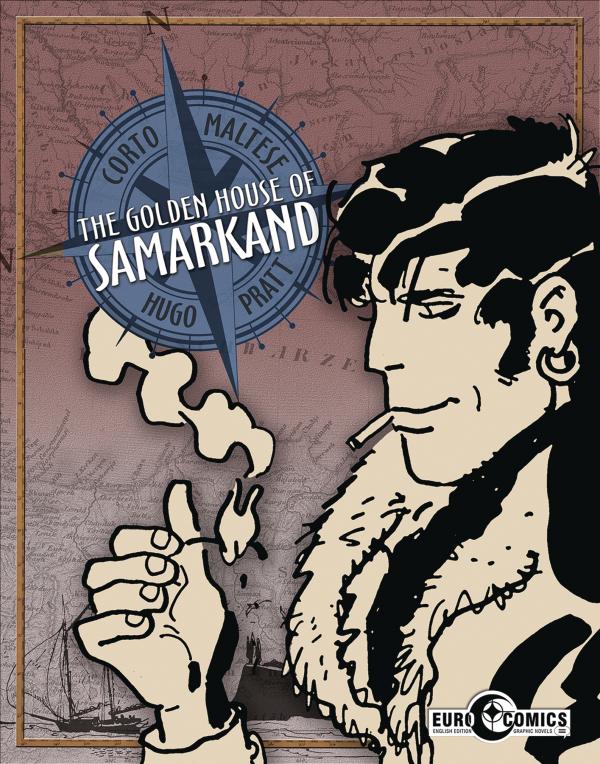
CORTO MALTESE GN GOLDEN HOUSE OF SAMARKAND
(W) HUGO PRATT (A) HUGO PRATT (CA) HUGO PRATT
Corto Maltese sets out on another globetrotting adventure after the discovery of a Byron manuscript in a mosque on the Isle of Rhodes. Set in the years 1921-22, the action soon shifts to Turkey, Azerbaijan, and the Caspian Sea, following the footsteps of the legendary Silk Road, as Corto Maltese searches for the fabled treasure of Alexander the Great. A parade of fascinating characters are introduced, including the Whirling Dervishes, Joseph Stalin (with whom Corto is on a first-name basis), the Hashinin sect of assassins, the Turkish general Enver Pasha, and the return of Venexiana Stevenson and Rasputin (who has just escaped from the dreaded prison known as "The Golden House of Samarkand.")
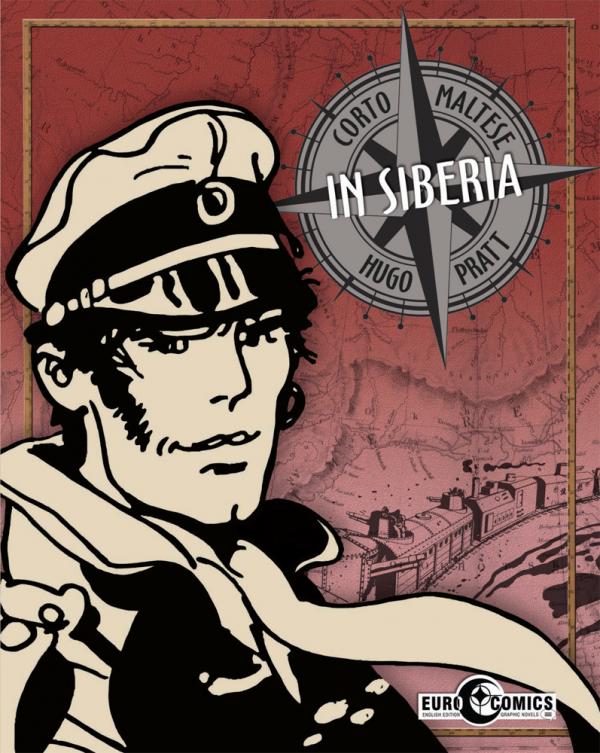
CORTO MALTESE GN IN SIBERIA
(W) HUGO PRATT (A) HUGO PRATT (CA) HUGO PRATT
With this book HUGO PRATT leaves behind the short story form he'd used for 21 interrelated tales and presents a truly epic graphic novel. In the aftermath of the Russian Revolution and the First World War, Corto Maltese is engaged by the Red Lanterns-a Chinese secret society made up entirely of women-to find an armored train laden with gold that belonged to the last Russian Tsar, Nicholas II. They aren't the only ones lusting after the treasure. The adventure, which shifts from the hidden courts of Venice to the mysterious alleys of Hong Kong, from Shanghai to Manchuria and Mongolia to Siberia, also attracts regular and irregular armies, as well as revolutionaries and counter-revolutionaries.
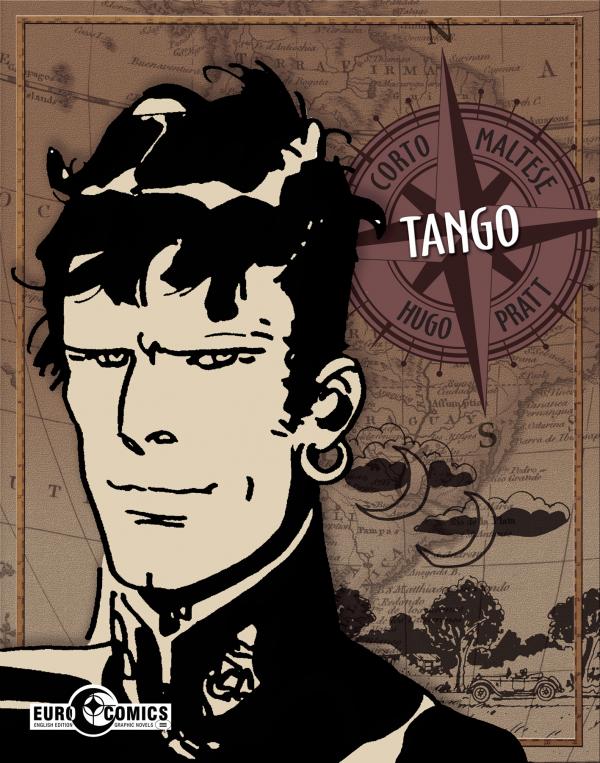
CORTO MALTESE GN TANGO
(W) HUGO PRATT (A) HUGO PRATT (CA) HUGO PRATT
In 1923 Buenos Aires, while searching for a missing friend, Corto finds himself locked in a dangerous, yet elegant, game of cat and mouse. Before long, his investigation brings him up against an organized crime syndicate known as the "Warsavia" and their underworld network. Just as Fable of Venice was Pratt's homage to his hometown, Tango is a nod to Buenos Aires, where the cartoonist lived during his earliest creative successes in the late 1940s and 1950s. The atmosphere of the story is steeped in the sensual music of the tango, whose melodies almost seem to emerge from the artwork, with close-ups of the dance steps framed by Pratt with extraordinary effectiveness. The first English-language translation of HUGO PRATT's graphic novel set in Argentina.
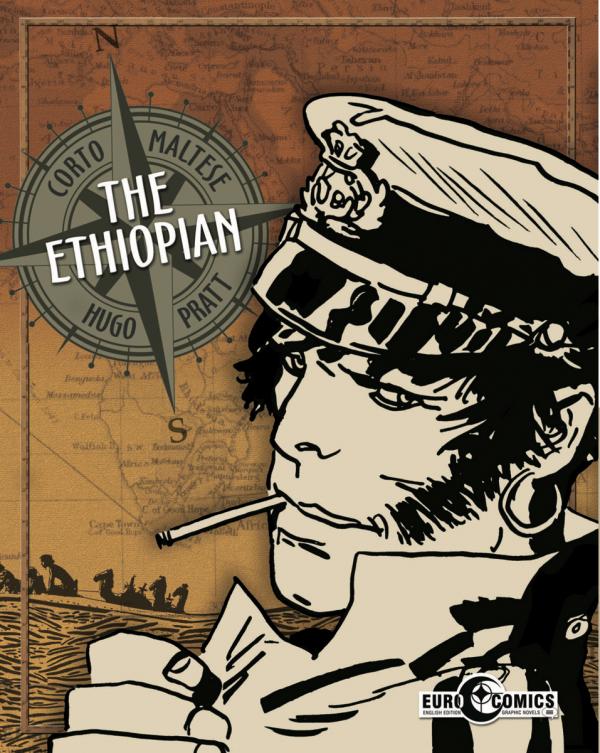
CORTO MALTESE GN THE ETHIOPIAN
(W) HUGO PRATT (A) HUGO PRATT (CA) HUGO PRATT
When Corto Maltese arrives in the Middle East and Africa in 1918 the shifting sands and loyalties reveal colonial powers still battling for domination over each other and the indigenous people. The desert of Yemen, controlled by the fading Ottoman Empire, is the setting for "In the Name of Allah, the Merciful and Compassionate," where Corto meets Cush, the Danikil warrior with whom he establishes a close yet conflicted relationship. In "The Coup de Grace" the stubborn racism of an English commander of a small fort in British Somaliland leads to conflict with Cush and the Dervish army of Sayyid Mohamed, whom the British call "The Mad Mullah." The action moves to Ethiopia amidst inter-tribal conflict in "...and of Other Romeos and Other Juliets," as Cush introduces Corto to the mysterious and powerful shaman Shamael, who hears the voices of the dead and of devils. German East Africa is the background of "The Leopard-Men of the Rufiji," where Corto is engulfed in a dreamlike atmosphere that reveals how African justice operates outside the constraints of "white" law.

